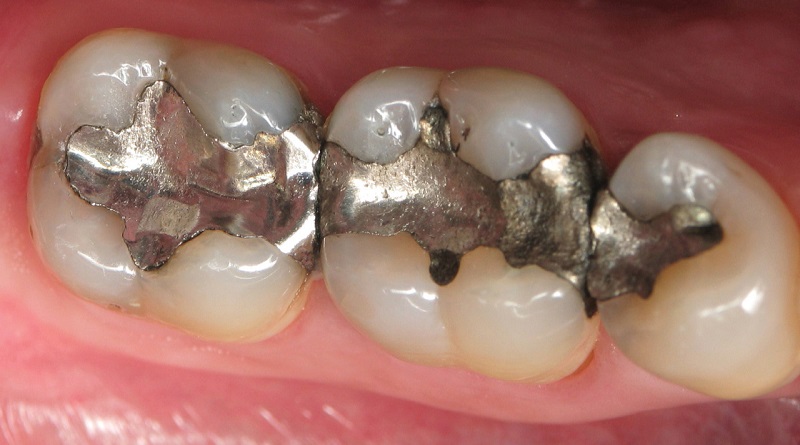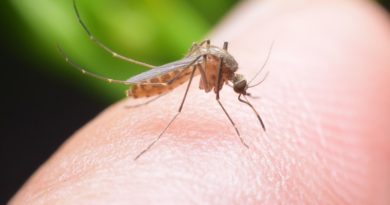Stakeholders to discuss mercury amalgam alternatives at college scientific conference
Dental health practitioners including civil society organisations and other stakeholders would next week Tuesday and Wednesday- 28th and 29th June- gather in Lagos to discuss on the alternatives to mercury amalgam in dental practice.
The two-day conference that will take place at the New Great Hall, College of Medicine, University of Lagos, is being organised by the Faculty of Dental Sciences, College of Medicine to mark its 10th annual scientific conference.
Speakers lined-up for the conference, themed “Phase down of mercury amalgam in Nigeria- The alternativesâ€, include Mr. Leslie Adogame of SRADev Nigeria, Prof. A.O Olusile, Dr Idris Goji and Emmanuel Amlai.
A road map for dental amalgam phase down for Nigeria Dental institutions; draft action plan for mercury free dentistry implementation are expected to evolve during the conference.
Other highlights of the conference include pre-conference exhibition; mercury free dentistry; Hepatitis vaccination and finance for new/old dental practices; stakeholder’s workshop and mercury free dentistry in Nigeria training institutions.
Dean, Faculty of Dental Sciences, College of Medicine, University of Lagos, organiser of the conference, Prof. Godwin Arotiba in a statement said preparations is in top gear for the event.
Globally, the legally binding treaty Minamata Convention on Mercury requires nations to phase down the use of amalgam fillings and urges the use of mercury-free fillings.
The Federal Government of Nigeria in October 2013 signed the Minamata Convention and is committed to reducing amalgam filing use but is yet to ratify the convention.
An amalgam dental filling consists of 50 per cent mercury and 50 per cent silver, tin, copper and other trace metals. Mercury can cause neurological and reproductive problems, including damage to the brain, the kidneys and foetuses while much of the mercury from amalgam is eventually released into the environment, where it can contaminate fish and damage children’s developing brains and nervous systems.
Â




